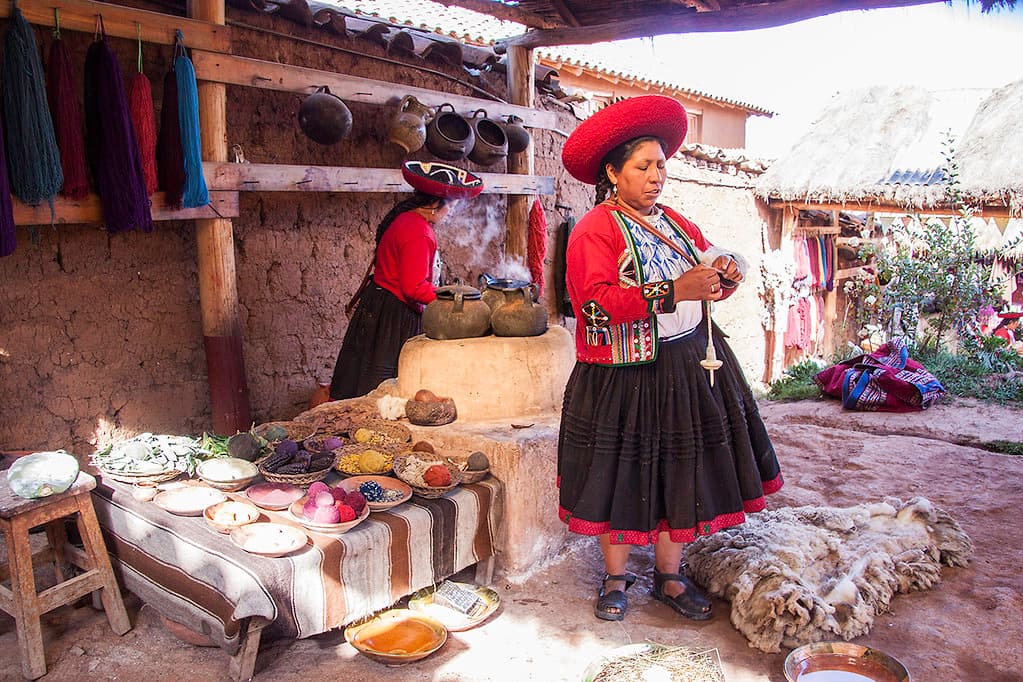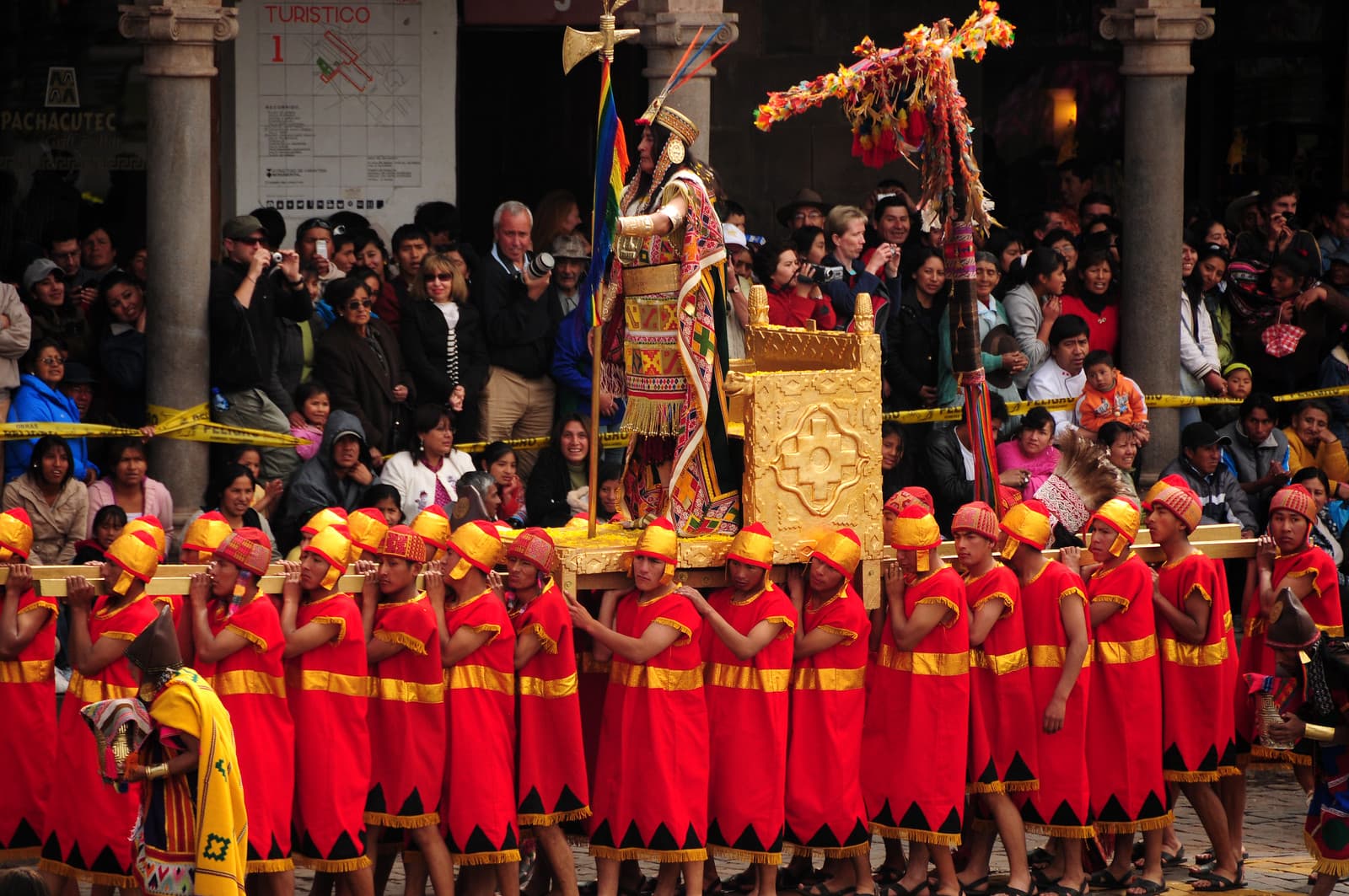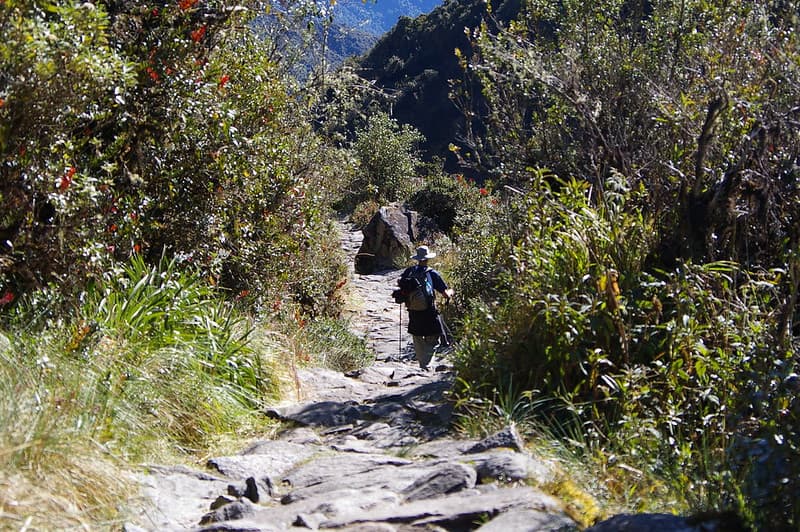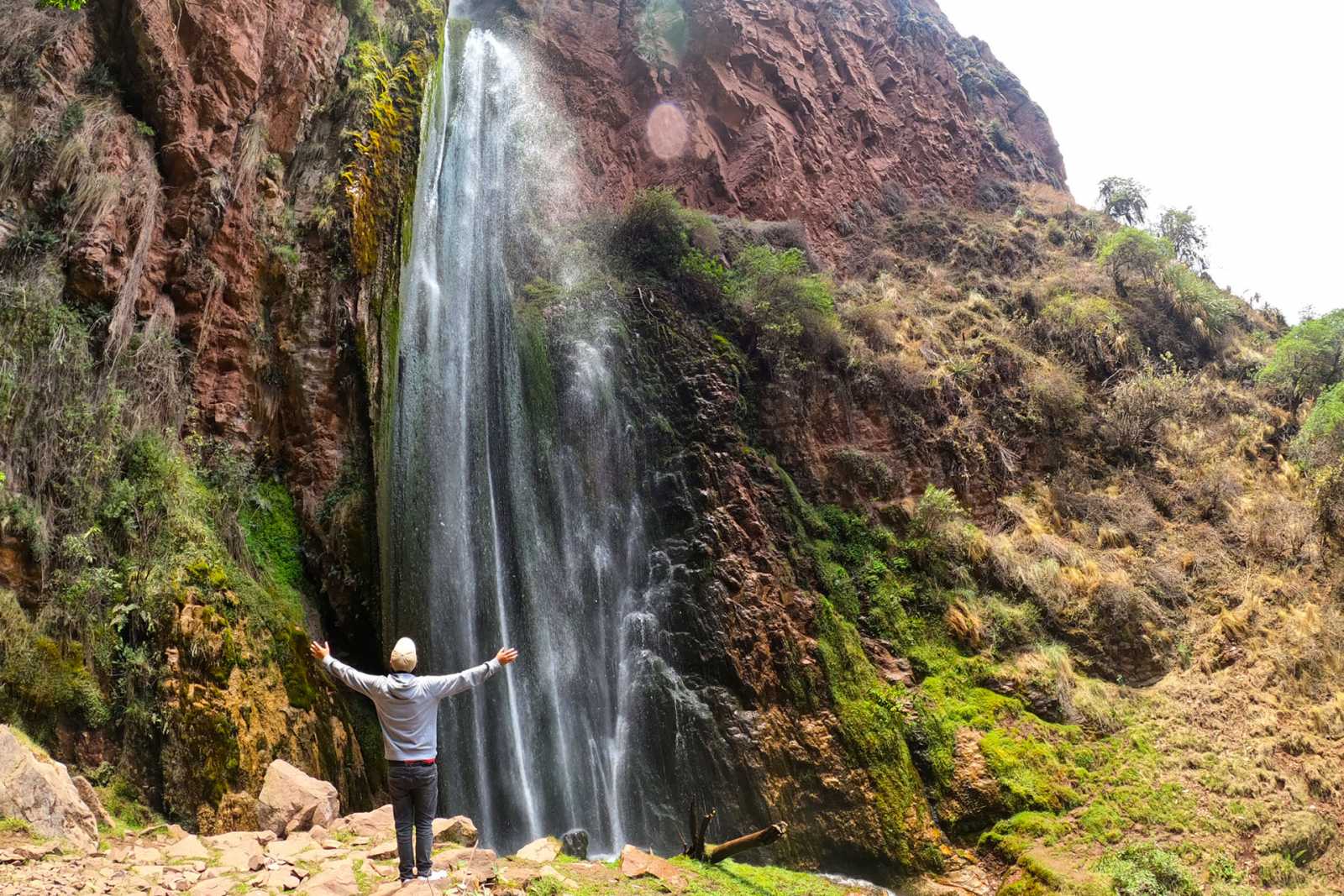Chinchero Market; The Weaving tradition

Chinchero is a town located in the Cusco region of Peru, and it is known for its rich weaving tradition. The area has a long history of textile production, and the Chinchero people are skilled weavers who create a wide range of textiles using traditional techniques and natural dyes. The textiles produced in Chinchero are known for their intricate designs and high quality, and they are highly prized by collectors and museums around the world.
The traditional method of weaving in Chinchero involves the use of a vertical loom, on which the weaver creates the design using a variety of techniques such as brocade, tapestry, and embroidery. The weavers use a variety of natural materials, including wool from alpaca and llama, as well as plant fibers such as cotton and linen. The dyes used to color the yarns are also derived from natural sources, such as plants, flowers, and minerals.
In recent years, the weaving tradition in Chinchero has experienced a revival, as more and more people are rediscovering the value of traditional textiles and the skills of the Chinchero weavers. The town is now a popular destination for tourists interested in learning about traditional Andean weaving techniques, and it is home to a number of workshops and studios where visitors can observe the weavers at work and even participate in weaving classes.
The traditional village of Chinchero
- Chinchero is a traditional town in Cusco. It is located at 3762 meters above sea level.
- It is known as the ‘Rainbow City’ because it is common to observe this natural phenomenon on rainy days. In the time of the Incas, it was an important center where the palace of residence of the Inca Túpac Yupanqui was located.
- In 1536, Manco Inca fled from the Spaniards towards Vilcabamba, setting fire to Chinchero as he passed so as not to leave them supplies for the persecution.
- Over the years, the customs took hold in the inhabitants of this place. Today some of its most important traditions are maintained.
- Currently, a large part of the population of Chinchero still wears the typical ancestral clothing and jealously guards many other traditions of their ancestors led by the ‘Varayoc’ or heads of families.
- There are up to 12 communities that are still organized under the Inca system called ‘ayllu’. On Sundays, there is a fair where you can still trade through barter or exchange.
- Chinchero is also famous for the textile centers where garments are still made in a traditional way.
The archaeological park of Chinchero
- The Chinchero archaeological park is one of the main attractions of the town. It is an important agricultural area of up to 43 hectares developed during the Inca period and was previously inhabited by the Killke culture.
- It stands out for its stairs, Inca walls and beautiful platforms where camelids were grazed and the land was cultivated with various products. In it were found ceramic pieces, bone remains and stone works that are currently exhibited in the Site Museum.
- During Inca times, Chinchero enjoyed great importance due to its fertile land where potatoes were mainly grown. The famous Inca Túpac Yupanqui (1441 – 1493) built his palace there.
- With the arrival of the Spanish, Viceroy Toledo ordered the construction of the Church of Our Lady of Monserrat on the Inca’s palace. This as a measure of cultural submission.
- Today, this religious sanctuary has become a tourist attraction. It is characterized by presenting works made by the famous Cusco painter Diego Quispe Tito. The atrium is finely made of gold leaf. There is the Virgin of the Nativity.
- Despite the research done to date, the Chinchero archaeological park still has treasures to be discovered. In January 2018, another set of enclosures and terraces were found buried several years ago during the construction of houses and the Site Museum of the place.
- It is estimated that part of the town of Chinchero was built on Inca remains.e
The Waterfall of Poc Poc in Chichero
Poc Poc Waterfall is a natural wonder located on the way Chinchero Urquillos, this last one situated in the Sacred Valley. We started our journey in Chinchero at 3762 m.a.s.l. Here one will be able to appreciate an important ancient urban centre built by the Incas in the 15th century, known as the Archaeological Site of Chinchero.
Down the hill, after 40 minutes of walking approximately from the starting point, we will find a detour that will take us to Poc Poc Waterfall, an aquatic wonder with a drop of 35 metres. Around you’ll be able to appreciate an astonishing landscape of high mountains as well, things that will convert your experience into an unforgettable one.


